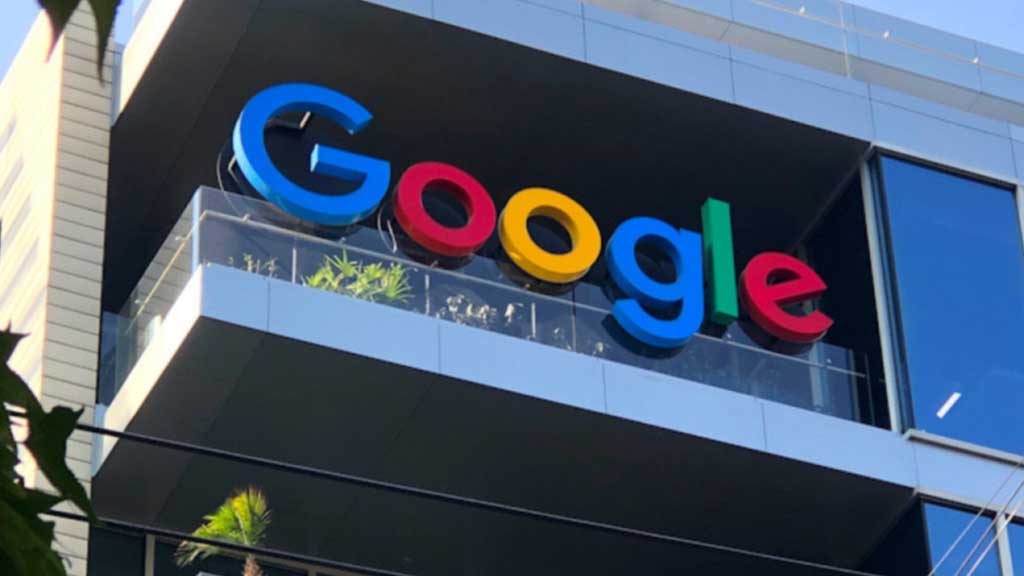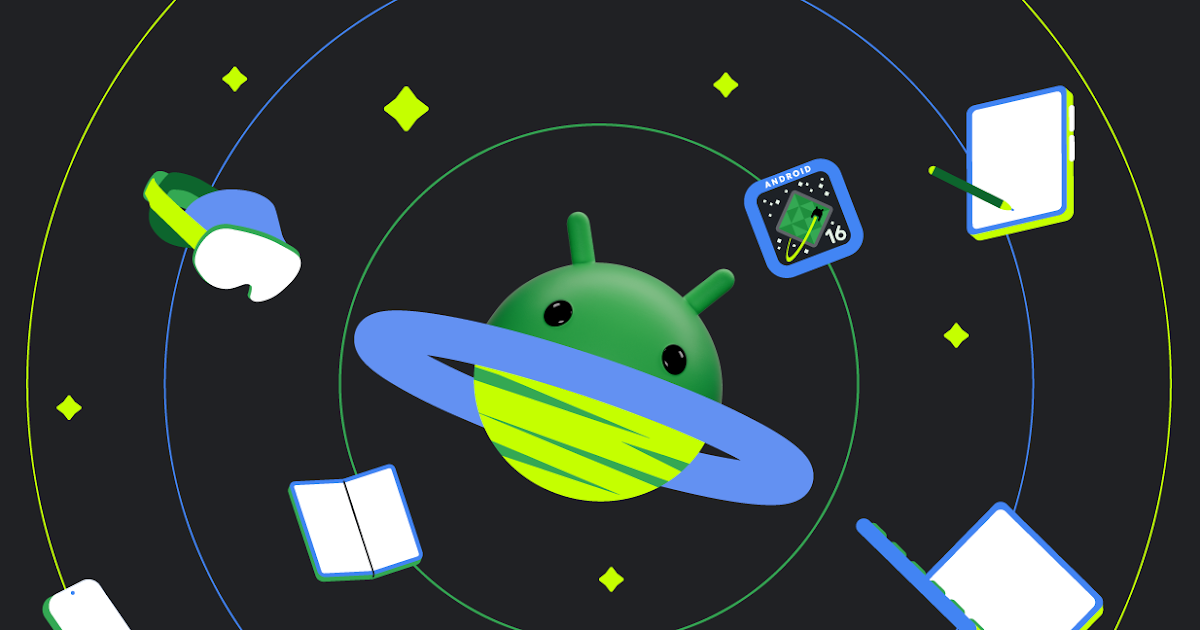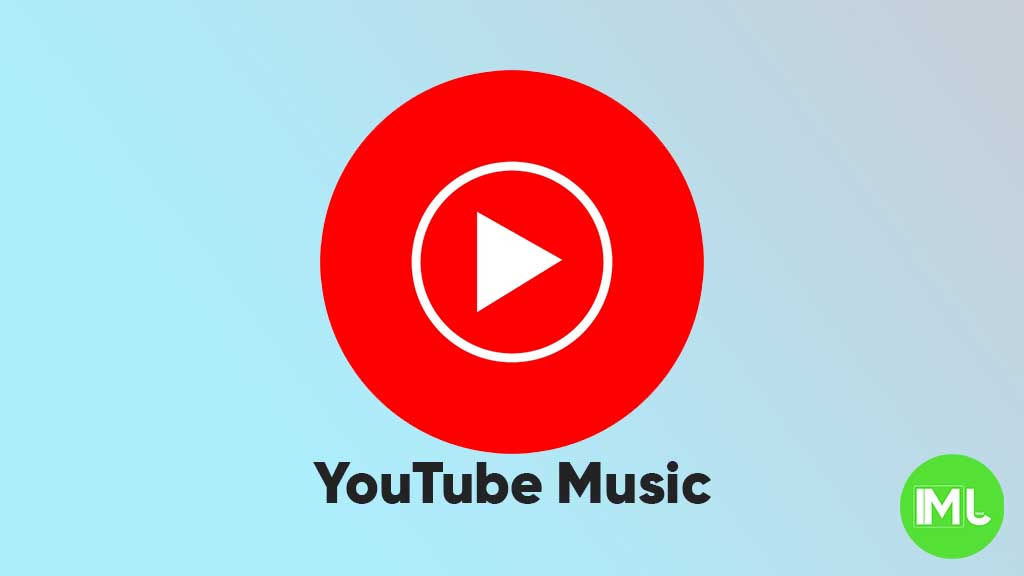Google’s Pixel 9 series launches with Satellite SOS and Chromecast with Google TV updates

Top 3 Key Points:
- Satellite SOS Launch: Available on Pixel 9 series, US-only at launch.
- How It Works: Uses Google’s dialer app for emergency messaging via satellite.
- Chromecast Update: Android 14 coming to Chromecast with Google TV despite product discontinuation.
Google’s Pixel 9 series is introducing a significant new feature: Satellite SOS. This feature, available from launch, allows users to reach emergency services even when there’s no mobile data or Wi-Fi. However, it’s important to know that this feature is initially available only in the continental United States.
Launch Details: Satellite SOS is exclusive to the Pixel 9, Pixel 9 Pro, Pixel 9 Pro XL, and Pixel 9 Pro Fold. This feature is enabled by the new Exynos 5400 modem in the Tensor G4 chip, which enhances satellite connectivity—a capability that the previous Samsung modem only partially supported.
There’s been some confusion about when this feature will be available, mainly because Google didn’t highlight it in their initial announcement. However, Google has confirmed that Satellite SOS will be available at launch, though only in the lower 48 states, excluding Hawaii and Alaska. While Google plans to expand this feature to other countries, no timeline has been provided. There are also rumors that older Pixel models might get this feature, but nothing official has been announced yet.
How Satellite SOS Works: Satellite SOS operates through Google’s dialer app. If you attempt to call emergency services without mobile data or Wi-Fi, a prompt for Satellite SOS will appear, allowing you to send messages via satellite. This functionality is exclusive to the Google Dialer app and can’t be accessed through Google Messages or the Personal Safety app.
Once activated, an “emergency questionnaire” helps you communicate your situation, and you can notify your emergency contacts. The on-screen prompts guide you in positioning your phone correctly for satellite connection. Google states that emergency responders should reply within a few minutes. Note that Google Messages must be set as your default messaging app for this service to work.
Powering Satellite SOS: Google has teamed up with Garmin and Skylo to power Satellite SOS. Garmin’s Response service, which handles thousands of SOS activations annually, will assist Pixel 9 users in emergencies. Garmin’s trained coordinators work with a global network of law enforcement, emergency services, and search and rescue teams to respond to incidents.
Skylo, which provides the satellite network, collaborated closely with Google’s Pixel and Android teams to create this direct-to-device satellite connectivity.
Chromecast with Google TV Updates: In other news, despite discontinuing the Chromecast with Google TV lineup, Google has confirmed that these devices will still receive software updates, including Android 14. Though Google is phasing out the product, the update is expected to roll out later this year, although it won’t include support for Thread, as the hardware needed for it isn’t present in the Chromecast.
It’s reassuring to see Google supporting its devices with significant updates, even as they approach the end of their lifecycle.
Android
Android 16 adds small but useful changes to status bar and terminal features

Google is working on Android 16, and while big changes are still under wraps, some small updates have already been noticed. These tweaks may not seem major, but they can improve how users interact with their devices.
One of the changes spotted in the Android 16 Developer Preview is the return of the status bar clock to the left side of the screen. This layout used to be common before Android 9, but later Android versions placed the clock on the right. Now, with the new preview, the clock moves back to the left, which could make room for more icons and make the status bar easier to read—especially on phones with notches or punch-hole cameras. However, this change might not be final, as Android is still being tested.
Another interesting update is in the Android terminal tool. A new feature allows users to resize disk partitions without needing a full system reboot. This could be very helpful for developers and advanced users who need to change storage settings quickly. Instead of restarting the device, the system now supports live resizing in many cases, which saves time and effort.
Overall, Android 16 is shaping up with some practical improvements that focus on convenience and better user experience, even in the smaller details.
YouTube Music adds new feature to keep song volume steady

YouTube Music is rolling out a new feature called “Stable volume” to make your listening experience better. This option helps keep the sound level the same across all songs, so you won’t have to turn the volume up or down when switching tracks.
Sometimes, songs are louder or softer depending on how they were made. This new feature fixes that by adjusting each track so that all music plays at a similar volume. It’s especially useful when you’re using headphones or listening in the car.
You can find this option in the YouTube Music app by going to Settings > Playback & restrictions, where you’ll see a switch for “Stable volume.” It works for both free and Premium users, and it’s now appearing on Android devices (version 7.07 or later). iOS support may come soon, but it’s not available yet.
This is a welcome update, as many streaming apps like Spotify and Apple Music already have similar volume balancing tools. It helps make playlists and albums sound smoother and more enjoyable without constant volume changes.
So far, the feature is being released in stages, so you might not see it right away, but it should show up soon for everyone.
Android
Android 16 beta adds battery health info, Pixel Fold gets better at detecting opens and closes

Google has released the Android 16 Beta 1 update for Pixel phones, and it brings some helpful new features. One of the key additions is battery health information, which is now available in the settings. Pixel users can now see the battery’s manufacturing date, charge cycles, and overall health score. This can help people understand how well their battery is holding up over time. While this feature is currently hidden under developer options, it might be fully added in a future update.
At the same time, Google is also working to improve the Pixel Fold. With Android 16 Beta 1, there’s a new system that better detects when the phone is opened or closed. This new method uses the hinge angle to more accurately understand the device’s position. Unlike older systems that could be affected by software bugs or slow response times, this new one seems to be more reliable and faster.
These changes are important for people who use foldable phones like the Pixel Fold, as better hinge detection can lead to smoother app transitions and fewer bugs. And for all Pixel users, having detailed battery info can help with managing phone performance and deciding when it’s time for a battery replacement.
Overall, Android 16 Beta 1 focuses on giving users more control and smoother experiences, especially for those with foldables.
-

 Apps1 year ago
Apps1 year agoGboard Proofread feature will support selected text
-

 News1 year ago
News1 year agoSamsung USA crafting One UI 6.1.1
-

 News1 year ago
News1 year agoBreaking: Samsung Galaxy S22 may get Galaxy AI features
-

 News1 year ago
News1 year agoSamsung Galaxy S23 Ultra with One UI 6.1 and all S24 AI features revealed
-

 News1 year ago
News1 year agoOne UI 6.1 Auracast (Bluetooth LE Audio) feature coming to many Samsung phones
-

 News1 year ago
News1 year agoSatellite SOS feature coming to Google Pixel phones, evidence leaked
-

 Apps11 months ago
Apps11 months agoGoogle’s fancy new Weather app is finally available for more Android phones
-

 News1 year ago
News1 year agoGoogle Pixel evolves as Europe’s third best selling flagship






